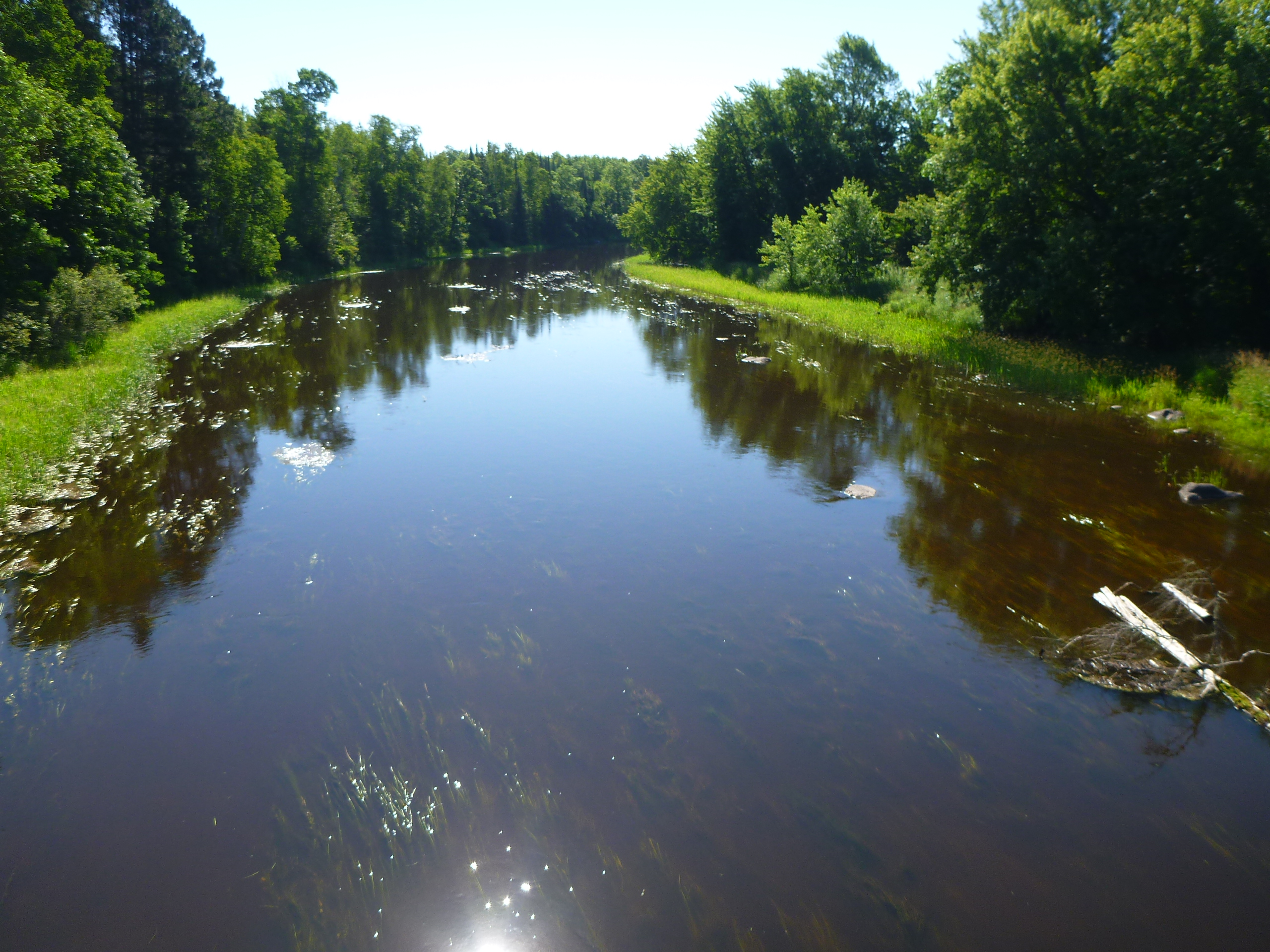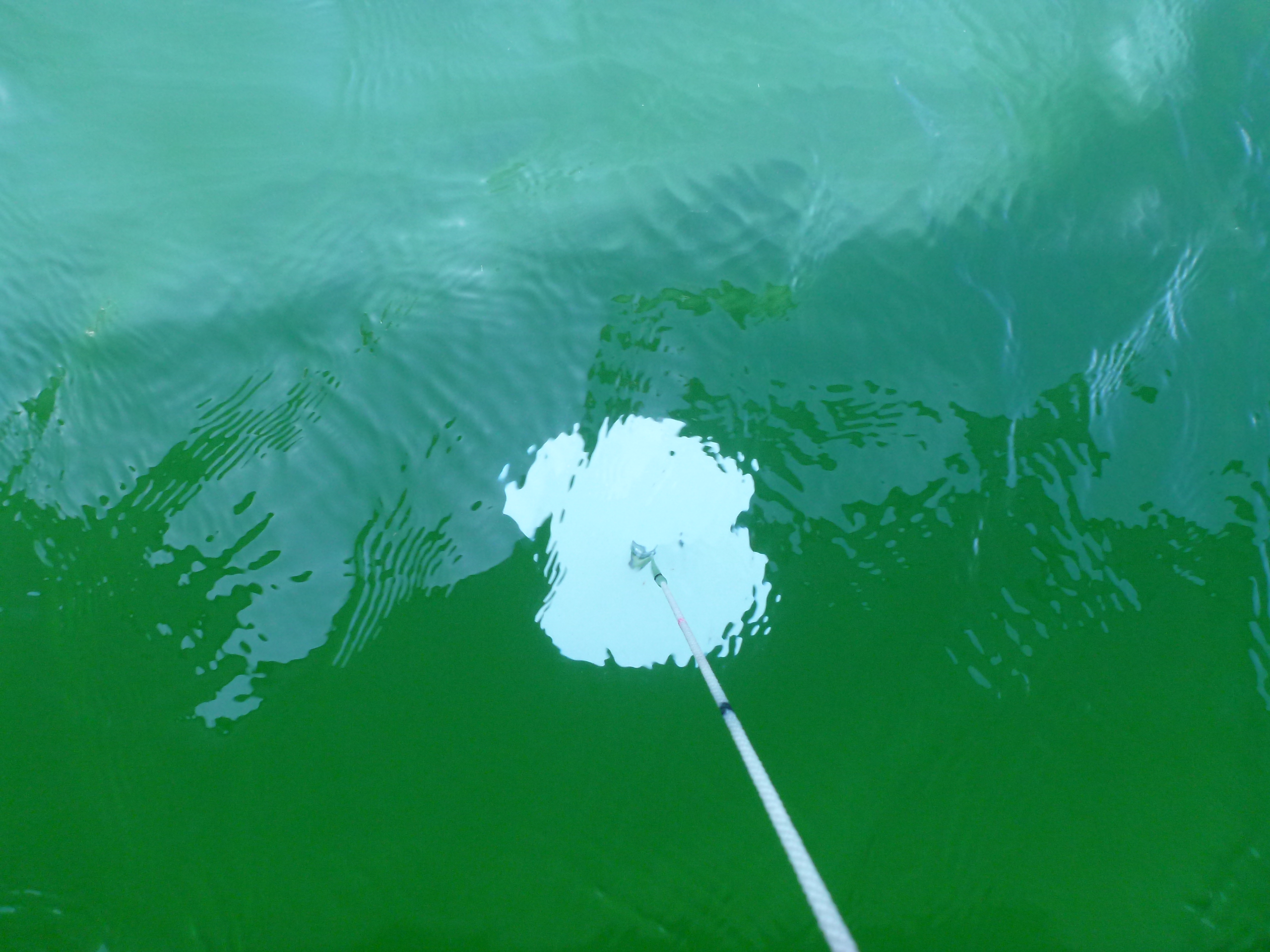Blue-green algae is a form of bacteria, called Cyanobacteria, which can produce toxins and adversely impact the health of animals and humans that come into contact with them. It can be somewhat hard to distinguish the difference between algae and this bacteria at first glance, but there are some simple tests (jar test and stick test) that you can do to determine if the pigments in your water are potentially toxic. Generally, these blooms occur in late summer when conditions are warm and calm in nutrient rich shallow waters. They resemble a paint slick and are thick in appearance. If a harmful blue-green algae bloom is suspected, avoid contact, and keep pets away from the water. If contact occurs, rinse with clean water immediately. If a pet has been exposed and begins to display unusual symptoms after exposure, contact your veterinarian immediately, as exposure for pets can result in death. Likewise, if an adult or child ingest or have contact with toxins, contact your doctor immediately if symptoms develop such as; vomiting, diarrhea, rash, cough, sore throat, or eye irritation. If in doubt, Stay Out!
The MN Pollution Control Agency,as well as the MN Department of Natural Resources, and MN Department of Health all have an interest in the potential occurrence of a harmful Blue-Green algae bloom in public waters. These agencies have developed an interagency work group dedicated to learning more about this growing issue in Minnesota waters.



 218-326-5573
218-326-5573


